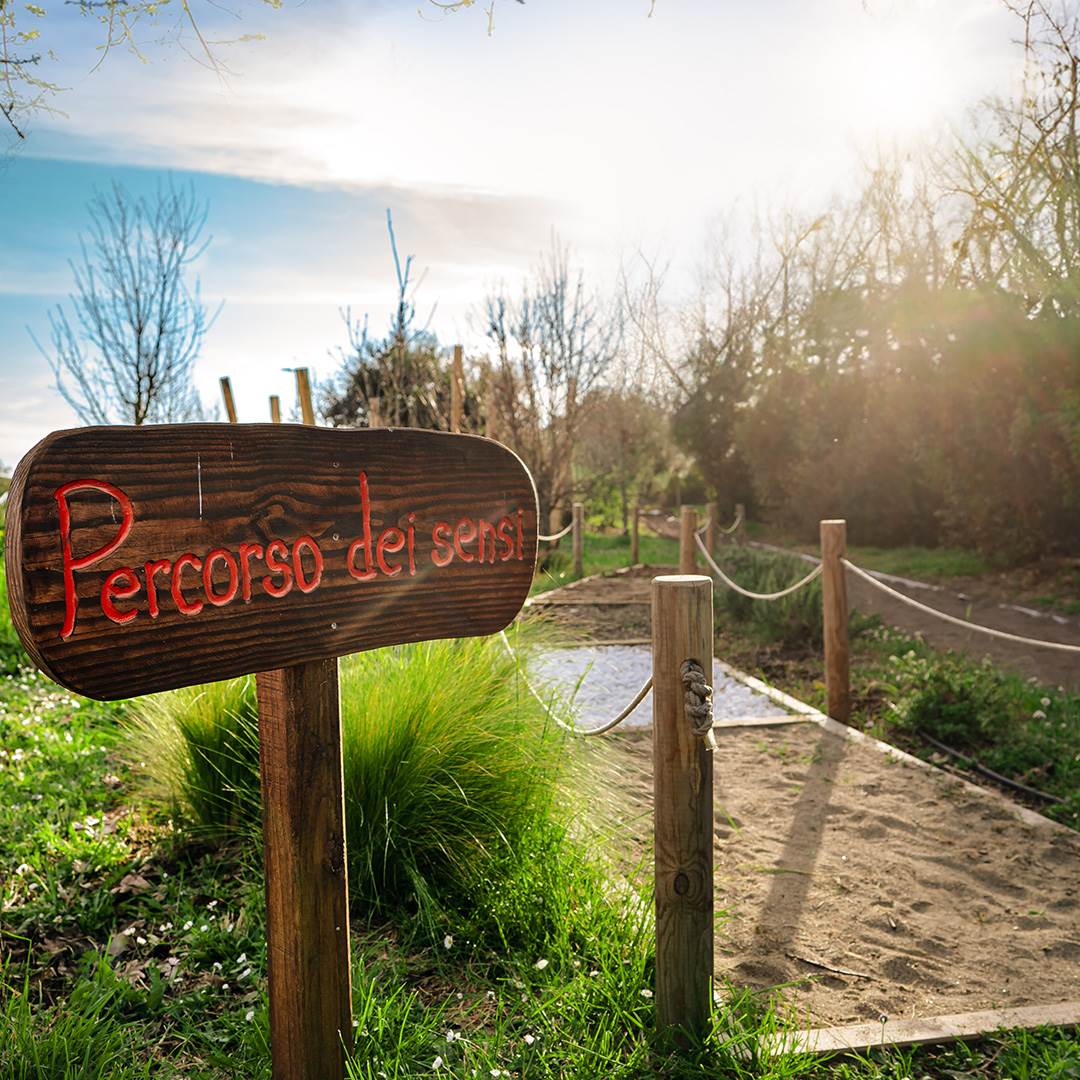Discover wooded meadows: the favourite environment of butterflies, bees and other pollinators, in addition to the scents and colours of medicinal plants.



NEWS! THE NEW WOODEN MEADOW
Natural meadows are incredibly important ecosystems due to their exceptional biodiversity. The one found here is a semi-natural meadow where grazing, repeated cutting and the occasional fire have created the right conditions for the predominance of grasses, with the subsequent abundance of invertebrates, birds and reptiles. Meadows are the favourite environment of butterflies, bees and other pollinators, and even voles and mice, which are eaten by the birds of prey that you might see here. Meadows also play a key role in protecting the soil from erosion, in absorbing and thus regulating the heat caused by solar irradiance, and in the gradual infiltration of water into the deeper layers of the earth, thanks to roots which explore the subsoil. It's important for the field to remain stable over time, meaning that cutting is limited or entirely absent, so that all the species, whether plant or animal, can fill every space available according to the season, ensuring the ground is consistently covered by new species. That way, even delicate insects like butterflies are able to complete their life cycle, finding plants to feed on, those on which to deposit their eggs (hosts) and those which future caterpillars will eat (larval foodplants), all in this natural setting. If the plants in the meadow are cut, many of those caterpillars, once they form their chrysalis, will never become butterflies. Moreover, a stable meadow is what most stimulates our senses in nature, with its colours, smells and sounds, but also the flavours of the countless officinal (medicinal) plants which grow there naturally, many of which are edible.
The new Meadow, inaugurated this year, is a large area of 2 hectares of nature with a dedicated path, where it is possible to admire the Fenice: a majestic oak survived to the last big fire that occurred in the area in 2023. An important symbol of the rebirth, strength and resilience of Nature.
Read next





